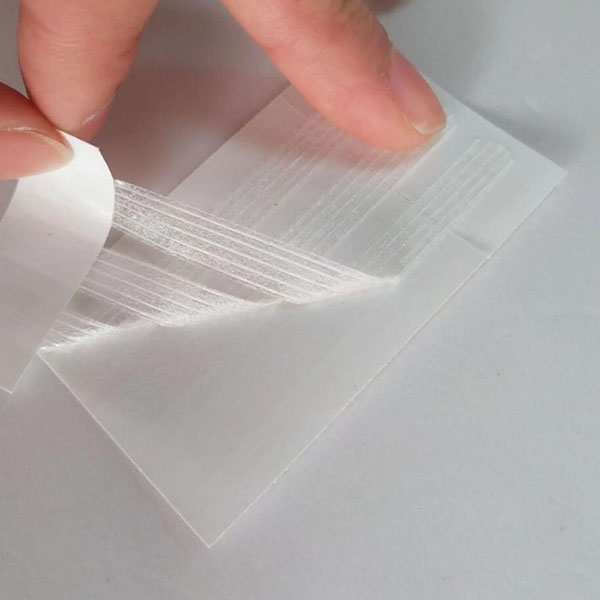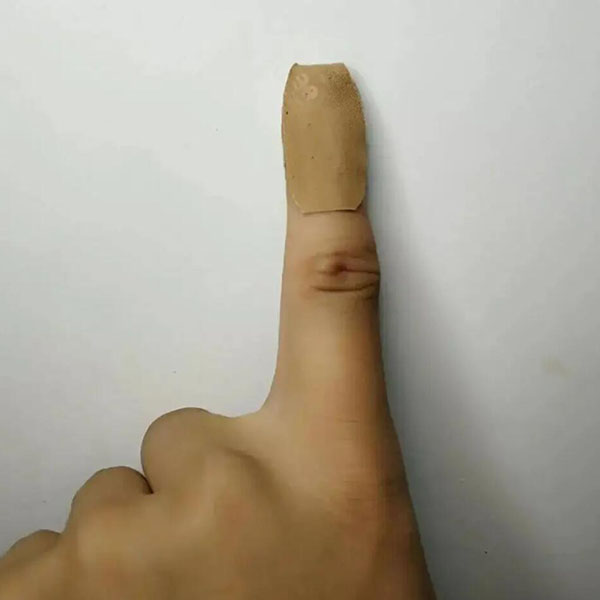-
Tips for using medical tape
In daily life, bumps and bumps are common. After losing weight, it is necessary to judge whether it needs to be bandaged according to the severity of the injury. If the skin breaks and bleeds, it is inevitable to use gauze dressing and medical tape. After the adhesive tape is pasted, it is very p...Read more -
Serious consequences of wrong dressing with medical gauze
When someone bandaged a child’s “elbow joint injury”, they “fixed the forearm and upper arm in a straight line” for a long time, and as a result, the child’s “elbow joint lost its proper bending function” and was disabled. The reason is that Liu rea...Read more -
How to deal with different wounds
bruise Example: hit a hard object - Bruised scars from impact. - For minor bruises, massage the affected area with anti-stasis cream. - If the severity is serious, such as injury to the head or symptoms of fracture, please send to the hospital for diagnosis and treatment a...Read more -
How to clean a wound
Before cleaning the wound, position the patient for the rescuer to operate. If the surrounding skin is too dirty and mixed with mud, etc., it should be washed with water first, and then disinfected with 75% alcohol or 0.1% fresh cleaning solution (a common disinfectant) around the wounded ...Read more -
Application and selection of dressings for pressure ulcers(2)
transparent film dressing 1. Consider using clear film dressings to protect certain parts of the body that are at risk of chafing or taping. (Strength of Evidence = C) 2. Consider the use of clear film dressings for autolytic debridement when the patient is not immunocompromised. (S...Read more -
Application and selection of dressings for pressure ulcers(1)
Wound dressings are a central component of pressure ulcer care. The choice of dressing must be based on the condition of the wound bed, the condition of the skin surrounding the wound, and the goals of the pressure ulcer patient. Generally, when the wound bed is clean and in the granulation tissu...Read more -
The role of hydrocolloid dressings
The role of hydrocolloid dressings 1. Moisturizes and promotes autolytic debridement. 2. Absorb a small amount of exudate to promote epithelial crawling. 3. Provide a closed environment (not for infected wounds) to prevent bacteria from invading wounds. 4. It can be used as an outer dressing to f...Read more -
Characteristics of hydrocolloid dressings
Characteristics of hydrocolloid dressings The hydrocolloid dressing is a dressing containing sodium carboxymethyl cellulose (CMC). The layer in contact with the wound is composed of pectin, gelatin and CMC, and the outer layer is a polyurethane film. When the hydrocolloid is in contact with the w...Read more -
What is a hydrocolloid dressing?
Hydrogel is commonly used, the main component of the dressing and veneer compound dressing, providing elastic composite fit and occlusive clinical sodium, providing elastic suture of the wound, wound exudate, keeping the wound moist and moist, available For the prevention and treatment of inflamm...Read more -

Seam-free tape sticking skills
(1) Skills for sticking seam-free tape 1. Clean 5cm of skin around the wound with alcohol disinfection or saline and let it dry. 2. Aseptically remove the taped card from the bag. 3. The card has pre-cuts on both ends, remove the piece of paper on one side. 4. Peel the tape from the card and peel...Read more -
Correct use of transparent dressings
The structure of medical transparent dressing is composed of breathable PU film (polyurethane film), medical pressure-sensitive adhesive, superabsorbent cotton pad and protective paper. It is suitable for aseptic care of postoperative wounds, acute and chronic wounds, small cuts and abrasions. &n...Read more -

The sticking skills of dressings for special parts
(1) Ear For auricular skin damage, the self-adhesive dressing (hydrocolloid) can be cut into a size of 5cm x 7cm, and the length of the dressing can be folded in half, and a 0.5cm cut along the outer edge of one side of the dressing can be made. How to use: First fix the uncut side dressing on th...Read more







